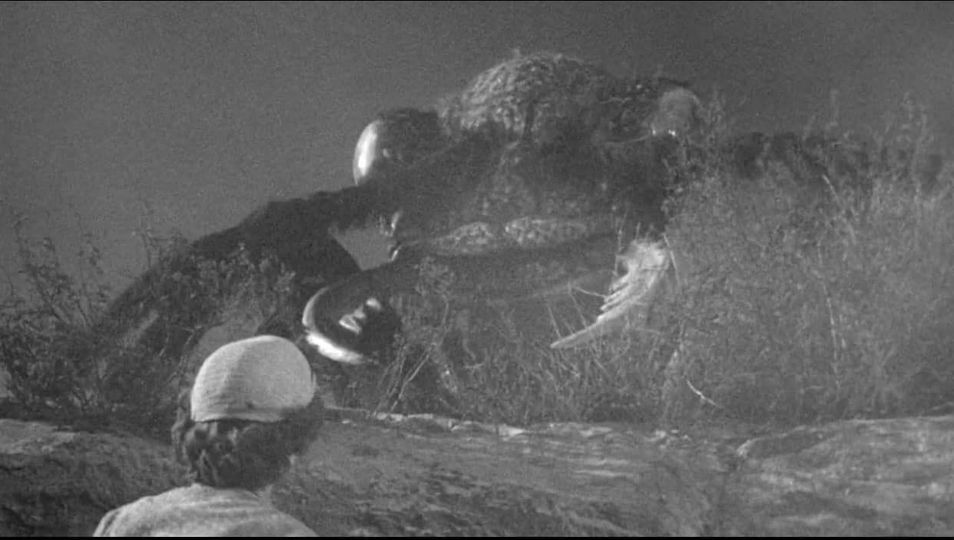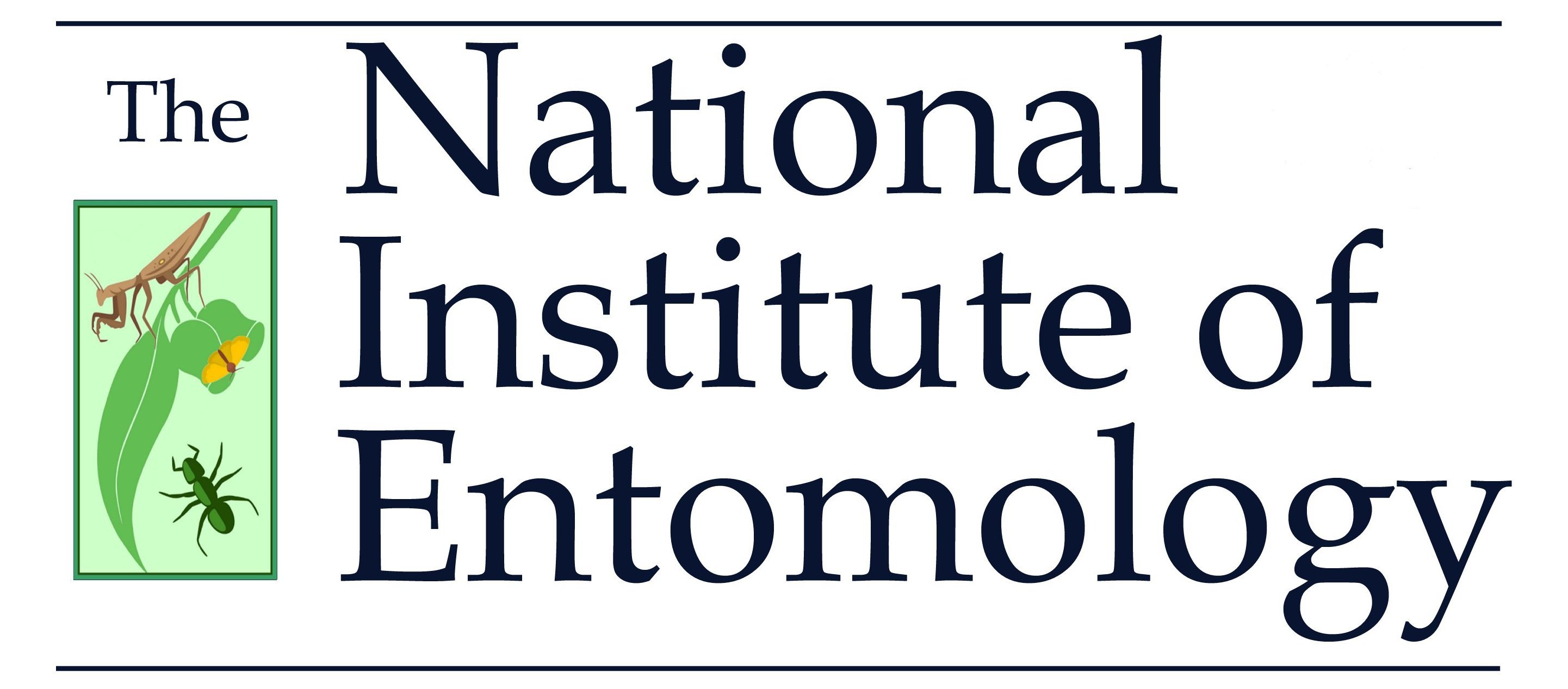Folsomia Candida
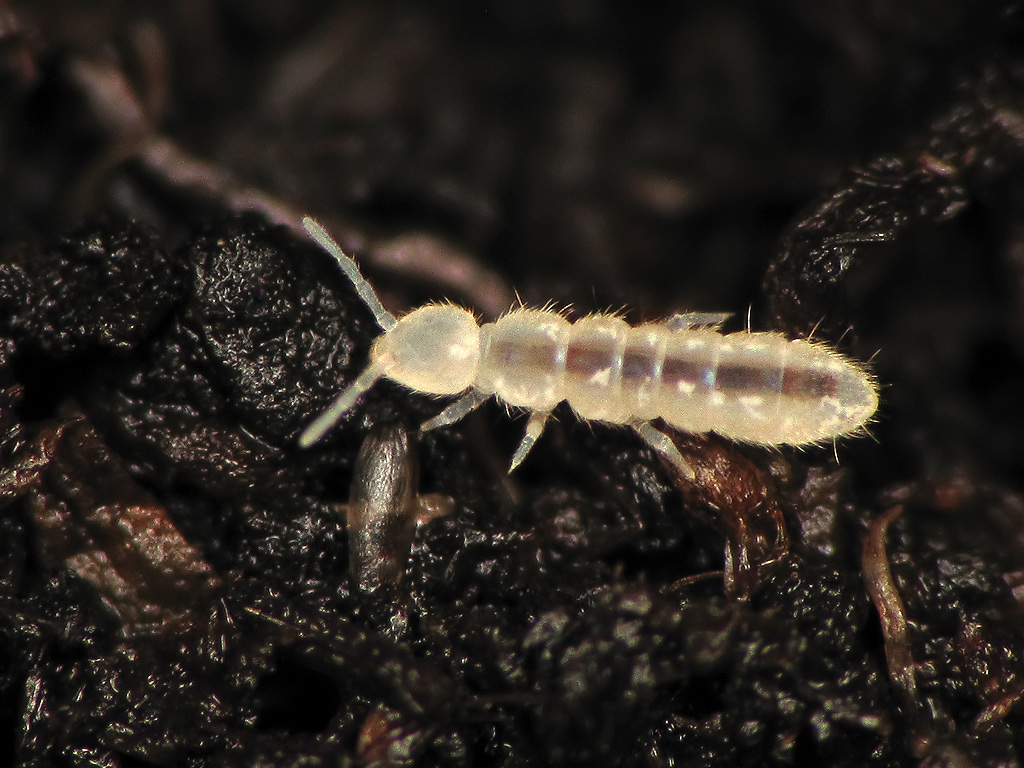
Folsomia candida was the subject of tonights C.V.R.I.C Live Microscope Telecast.
Populations consist only of females, which reproduce by parthenogenesis. The globular white eggs take about one week to hatch at 21 °C (70 °F) and three weeks to reach maturity, having moulted five times. Development takes longer at lower temperatures. Adults continue to moult, doing so about 45 times during their lives, including shedding the lining of the midgut. They may live for 110 to 240 days, depending on the temperature, and each may lay about a thousand eggs. The diet consists mainly of the hyphae of fungi including grazing on root mycorrhizae.
Invertebrates living among the soil particles in underground habitats often experience raised levels of carbon dioxide, which tends to increase with depth. Researchers have found that the surface-dwelling springtail Allacma fusca can tolerate a 10% level of carbon dioxide for a few hours while in contrast, Folsomia candida, which lives deeper in the soil, can survive under the same conditions for more than six weeks.

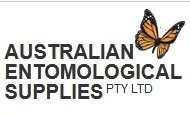 FANTASTIC NEWS!!:
FANTASTIC NEWS!!: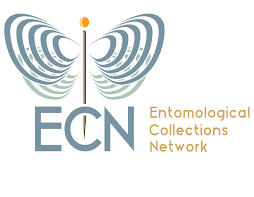 A member of the Entomological Collections Network contacted us recently regarding how we can use our existing MS Access Database with a web based interface. Many people advised us to use other, more sofisticated software applications such as Specify 6 or 7, however we decided that that option was far too much overkill for our needs.
A member of the Entomological Collections Network contacted us recently regarding how we can use our existing MS Access Database with a web based interface. Many people advised us to use other, more sofisticated software applications such as Specify 6 or 7, however we decided that that option was far too much overkill for our needs.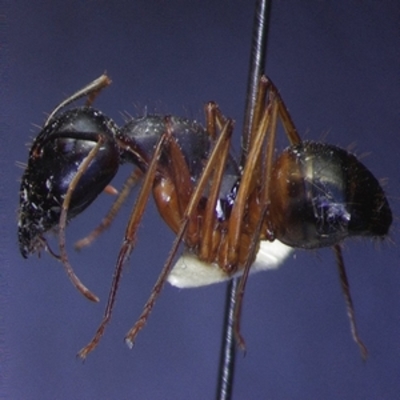
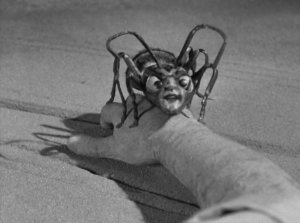 After working with our ant collections since early April this year, we are starting to really get to know them well!
After working with our ant collections since early April this year, we are starting to really get to know them well!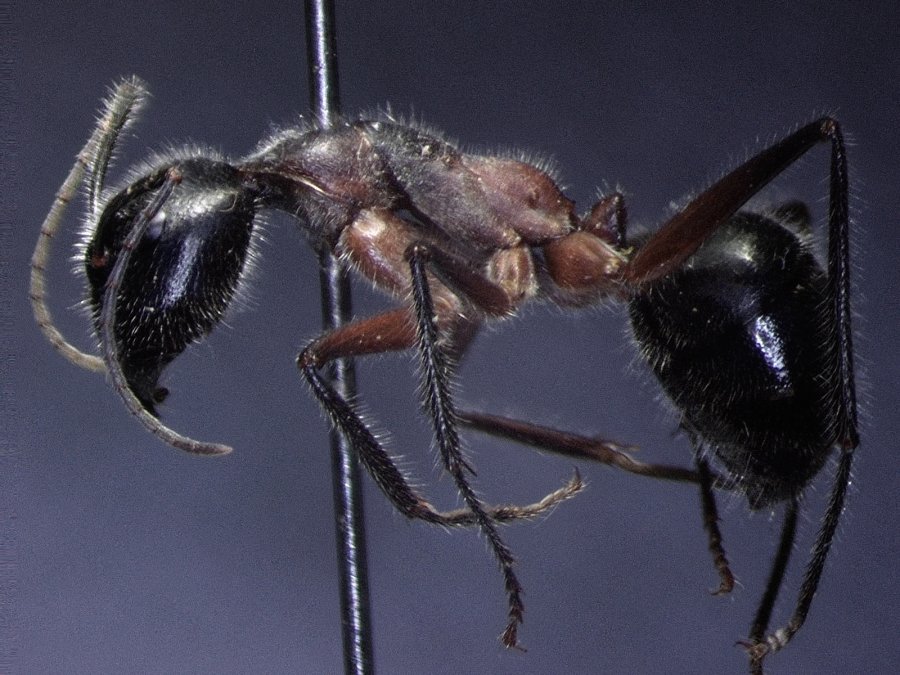 We keep refining our imaging methods as we get used to the software we’re using and it seems our images are getting better.
We keep refining our imaging methods as we get used to the software we’re using and it seems our images are getting better.
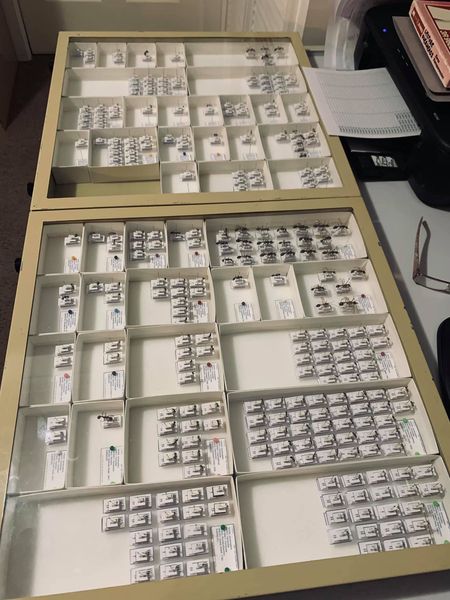
 This is what most of the collection looks like at the moment. A mix of different insect groups (Orders) lumped together with inadequate labelling and no identifications. This is drawer number 32.
This is what most of the collection looks like at the moment. A mix of different insect groups (Orders) lumped together with inadequate labelling and no identifications. This is drawer number 32.
